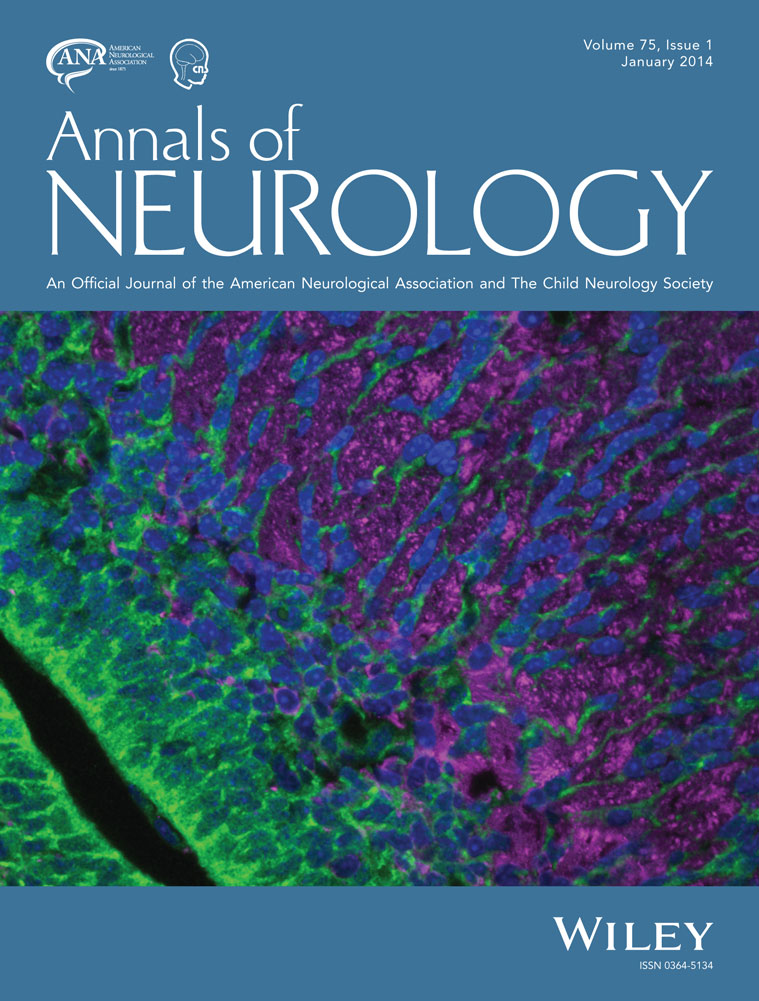Progressive multifocal leukoencephalopathy after natalizumab discontinuation
The views expressed are those of the authors and do not necessarily represent those of, nor imply endorsement from, the US Food and Drug Administration or the US government.
Abstract
Objective
To identify cases of laboratory- or biopsy-confirmed progressive multifocal leukoencephalopathy (PML) in patients with multiple sclerosis (MS) who previously discontinued natalizumab (NTZ) for reasons unrelated to suspected or proven PML and assess PML risk factors in these cases.
Methods
We searched the US Food and Drug Administration Adverse Event Reporting System and MEDLINE for reports submitted from 2006 to 2012 of laboratory-confirmed PML with symptom onset ≥30 days following NTZ withdrawal. We only analyzed cases where NTZ discontinuation was unrelated to suspected PML.
Results
Seventeen patients discontinued NTZ for reasons unrelated to PML but were subsequently diagnosed with the disease. The median NTZ duration was 47 monthly doses (range = 9–59 doses). All patients presented with compatible clinical symptoms within 6 months following withdrawal, and PML was confirmed by brain biopsy or by identifying JC virus in the cerebrospinal fluid by polymerase chain reaction. Immune reconstitution inflammatory syndrome (IRIS) was reported in 11 patients. Eleven patients (65%) received new MS treatments between NTZ discontinuation and PML confirmation. No deaths were reported. At NTZ withdrawal, 16 patients (94%) had ≥1 PML risk factor, including NTZ duration ≥2 years (n = 13), prior immunosuppressive agents (n = 8), and reported anti–JC virus seropositivity (n = 13).
Interpretation
NTZ-treated patients presenting clinically with PML within 6 months after NTZ withdrawal frequently have pre-existing PML risk factors. Clinicians need heightened awareness for new onset PML, IRIS, and MS relapse in evaluating neurological decline following NTZ discontinuation. Ann Neurol 2014;75:108–115




